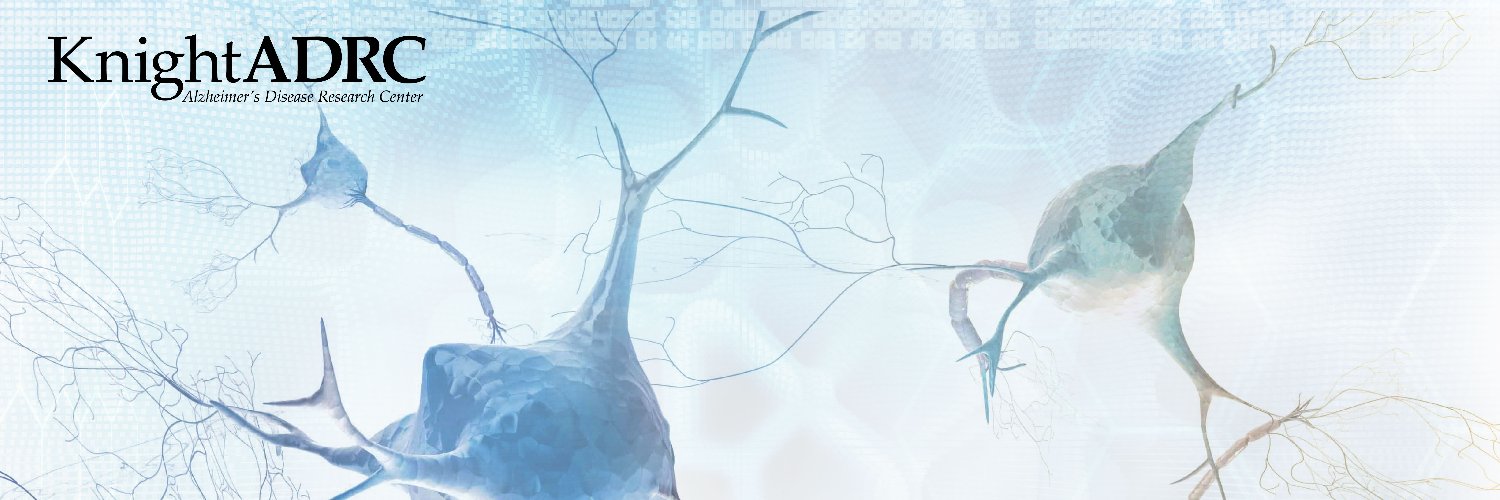
Suzanne E Schindler
@SuzanneESchind1
http://SuzanneESchindler.bsky.social @WashUNeurology @WUADRC | Clinical neurologist and neuroscientist dedicated to improving the diagnosis and treatment of dementia
Having started my career in basic neuroscience research, I have always understood Alzheimer disease to mean the pathophysiology associated with amyloid plaques and tau tangles. As a clinician, I appreciate that the relationship between Alzheimer disease and cognitive impairment…
The global dementia movement is at an inflection point. Treatments are here, diagnosis is evolving. Now, advocacy must deliver change. Read Executive Director @lennyshallcross new blog on Advancing Advocacy in the Age of Treatments. bit.ly/3II1Swr
Join us Sunday, July 27, from 9:00-10:30 AM, Metro Toronto Convention Centre Room 718 at #AAIC2025 for readouts of 6 new studies on early Alzheimer’s treatment – covering patient pathways, safety, biomarkers, and more. #AlzheimersDisease #neurology #biomarkers…
Blood-based #biomarkers, such as p-tau217 & #amyloidβ 42/40 ratios, can be powerful tools for #Alzheimer's diagnosis. In our July issue, Drs. Tanner (@UTHealthSA) and Schindler (@WashUMedADRC) discuss how neurologists can select and interpret these tests for optimal outcomes.…
Join us in Toronto, Canada or online, July 27 - 31, for the @alzassociation’s #AAIC25! I'll be speaking on biomarkers and preclinical AD on July 27th and 31th. I hope to see you there at the world’s largest international conference on dementia research.
Deliriously excited to share our new Neuron Perspective on transformative neuropathology—a roadmap to accelerate brain health discoveries through broader support of brain banks with tech-enabled, team-science approaches to tissue. 🧠 Perspective article: cell.com/neuron/fulltex……
In a specialty memory clinic, patients treated with lecanemab over 14 months experienced manageable adverse events. ja.ma/3IvcRsQ @ErikMusiek
A new study from the lab @NatureMedicine Over 6,000 proteins, more than 10,500 individuals. #Alzheimers, #Parkinsons, and #FTD. @Ali_bioinformtx maps the shared and disease-specific plasma proteomic landscape of neurodegeneration @WashUNeurology nature.com/articles/s4159…
CNSA's latest episode of its Alzheimer's disease 6-part series is now LIVE! Listen to @SuzanneESchind1, MD, PhD, as she talks about the realities of treating Alzheimer’s Disease from a clinician's experience. Watch to learn more: bit.ly/3TYEddH
"Clocks" that relate amyloid and tau PET to time were used to examine the timing of biomarker changes (including plasma biomarkers) in Alzheimer disease. Plasma Aβ42/40 changes very early! onlinelibrary.wiley.com/doi/10.1002/an… #ENDALZ @FNIH_Org
Selection and Interpretation of Biomarker Tests for Alzheimer Disease practicalneurology.com/diseases-diagn… via @ReachMD @PracticalNeuro #ENDALZ @WashUNeurology
The bipartisan #AADAPTAct would provide primary care physicians education and training to improve Alzheimer’s and dementia detection, diagnosis, care and treatment 🔬. Tell Congress to support this bill today: bit.ly/3FHSK9S.
Today, the FDA approved an updated label for Kisunla for early-stage Alzheimer’s, with a new dosing schedule to lower ARIA risk, marking a critical step in clinical care and moving us closer to combination therapy and precision medicine. @EliLillyandCo bit.ly/407MBej
The Trump administration’s proposed 2026 budget would cut funding for the National Institutes of Health by 40% and dismantle the agency's 27 specialized institutes and centers, eroding decades of focused expertise and weakening how medical research is conducted. The…
As FDA-approved Alzheimer’s treatments reach patients, validating the ALZpath p-Tau217 assay against gold standard neuropathological outcomes is key. Our new neuropathology cohort study led by @DivyaBali06 is now out in Acta Neuropathologica Comms! 🔗actaneurocomms.biomedcentral.com/articles/10.11…
Following #FDA clearance of blood tests for the diagnosis of #Alzheimer’s disease, we evaluated how #obesity impacts blood biomarker levels from six leading commercial tests and whole brain #amyloid burden — now published in @alzdemjournals: doi.org/10.1002/dad2.7… 🧵
🚨 NIH-Funded Researchers: Big Changes Starting July 1, 2025 A zero-embargo public access policy is now in effect for all NIH-funded research. If you’re a PI, postdoc, student, or grants administrator working on NIH-funded studies, here’s what you need to know: 🔍 What’s…
Congratulations to the recipients of the Imaging Research in Alzheimer’s and Other Neurodegenerative Diseases grants, including #ASNR member Tammie Benzinger, MD, PhD. Each recipient will receive up to $200,000 to fund their research. More: ow.ly/WBVm50WjReP @tlsmit1
Diagnosis, Assessment & Disease Monitoring Call for papers! Real-World Evidence on Amyloid-Targeted Treatments: Early Data on Clinical Implementation, Safety, and Efficacy Submit research on clinical implementation, outcomes and more by Dec. 31, 2025 alz-journals.onlinelibrary.wiley.com/hub/journal/23…
An upcoming panel discussion on how blood biomarkers are changing testing for neurodegenerative diseases including Nick Ashton, Michael Racke, Michael Sy, and myself. event.on24.com/wcc/r/4965793/…